The Problem
As LEGO expanded its adult-focused portfolio, it faced a challenge: how to tap into the hearts of grown-up fans who had outgrown toys, but not the feeling of play.
We needed more than nostalgia. We needed to make memories buildable.
The Insight
For millions, the Nintendo Entertainment System (NES) wasn’t just a console — it was their first portal to adventure.
A generation didn’t just play video games.
They remember blowing dust from cartridges. The click of the power button. The pixelated magic of 8-bit worlds.
To make them care, we didn’t just need to bring back the NES.
We needed to bring back them.
The Story We Told
We partnered with Nintendo to create an audaciously detailed LEGO replica of the original NES — complete with controller, cartridge, and a 1980s-style TV that “plays” Super Mario Bros. when you crank it.
But this was more than a build. It was a time machine.
We recreated the joy of childhood in 2,646 bricks from the color palette to the rotating screen that animates Mario’s iconic run.
Every design decision (the packaging, the instructions, the Easter eggs) was made to reconnect adults with the magic of their youth.
It wasn’t nostalgia for the sake of it.
It was a celebration of creativity, pixel by pixel, brick by brick.
The Outcome
The LEGO Nintendo Entertainment System became an instant icon — selling out at launch and earning rave reviews from both adult fans of LEGO (AFOLs) and gamers alike.
It sparked online unboxings, retro gaming tributes, and user-generated builds.
More importantly, it positioned LEGO not just as a toy brand — but as a curator of culture.
Because when you build the memories that built you…
you don’t just play the game.
You play your story.
Campaign images
Lifestyle images
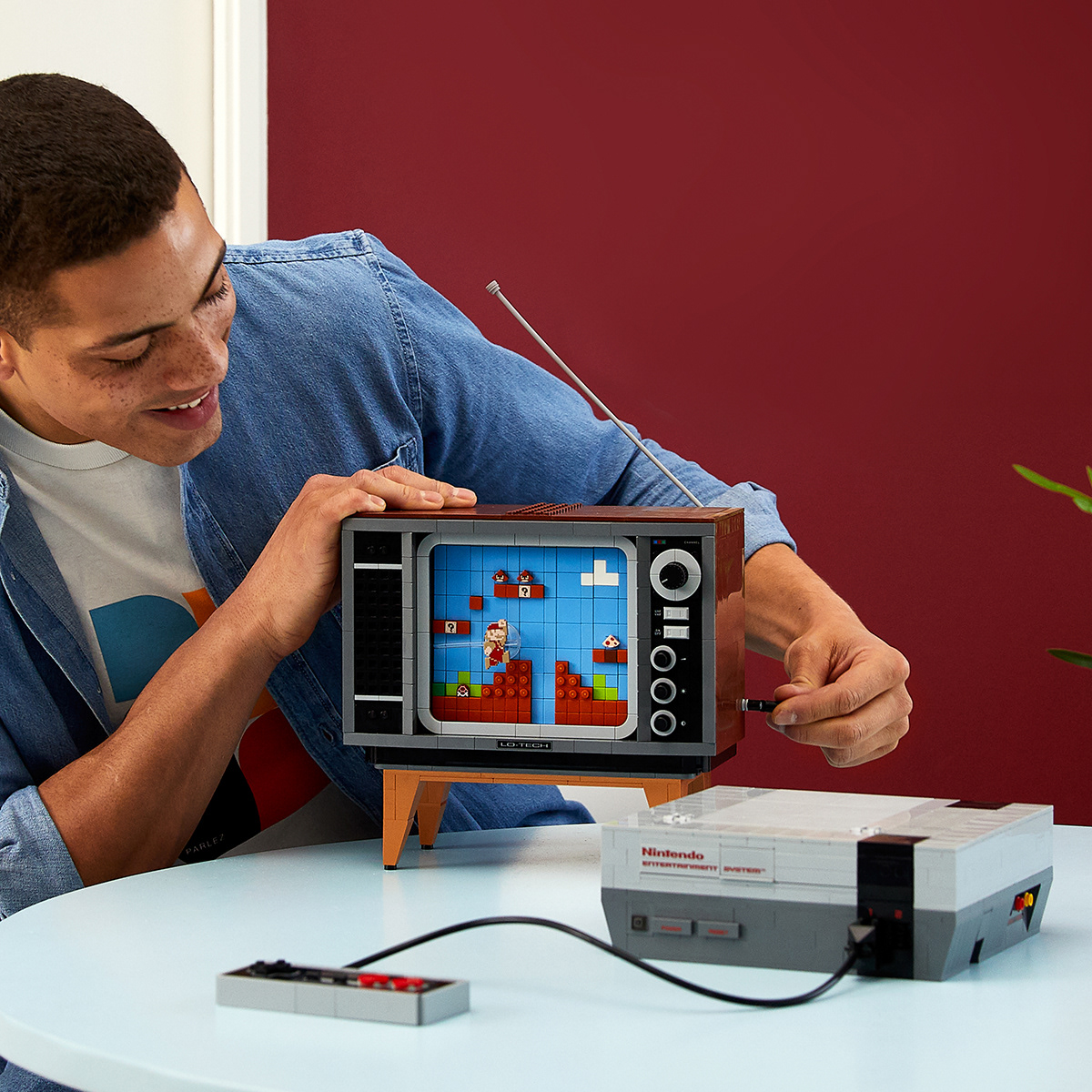
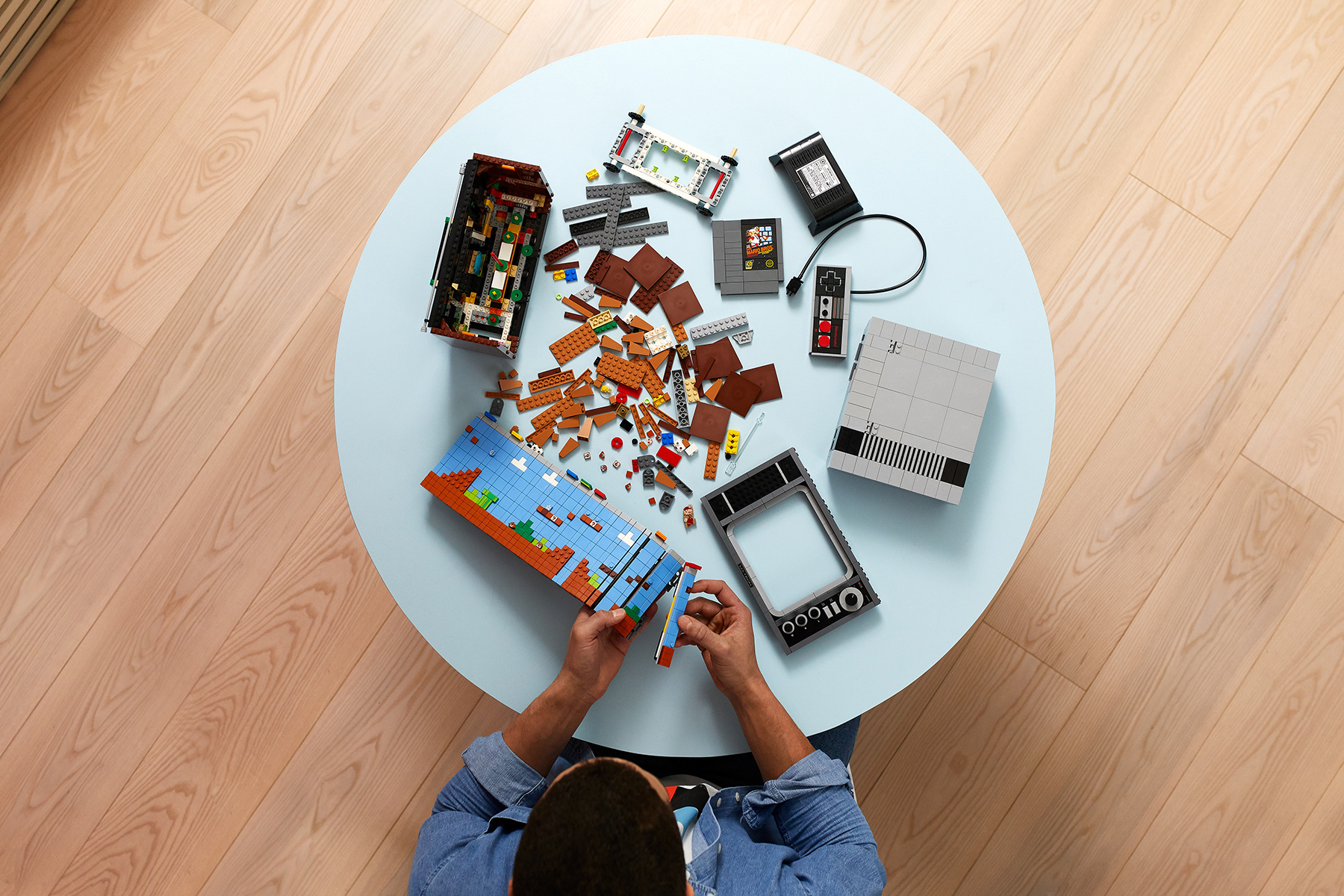
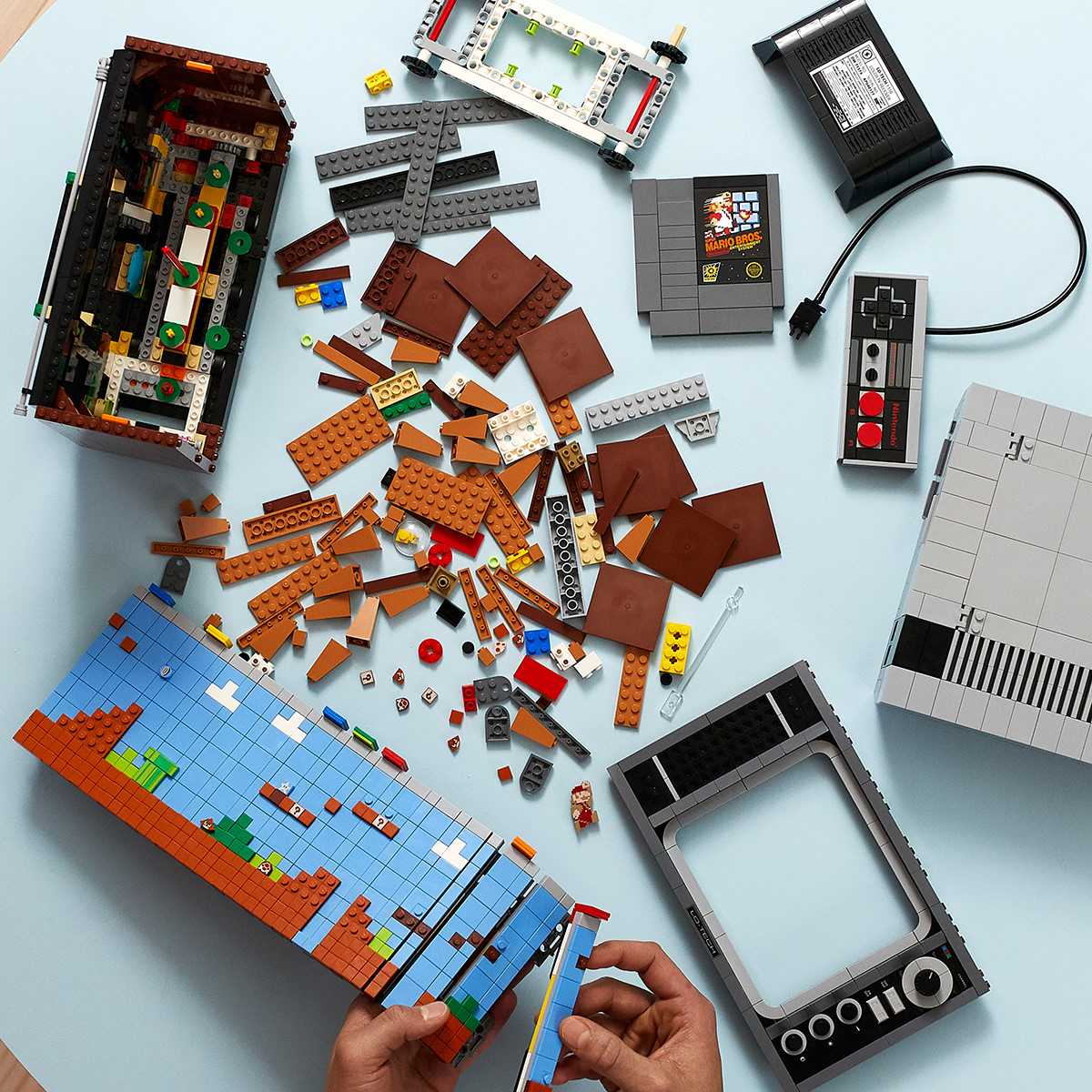
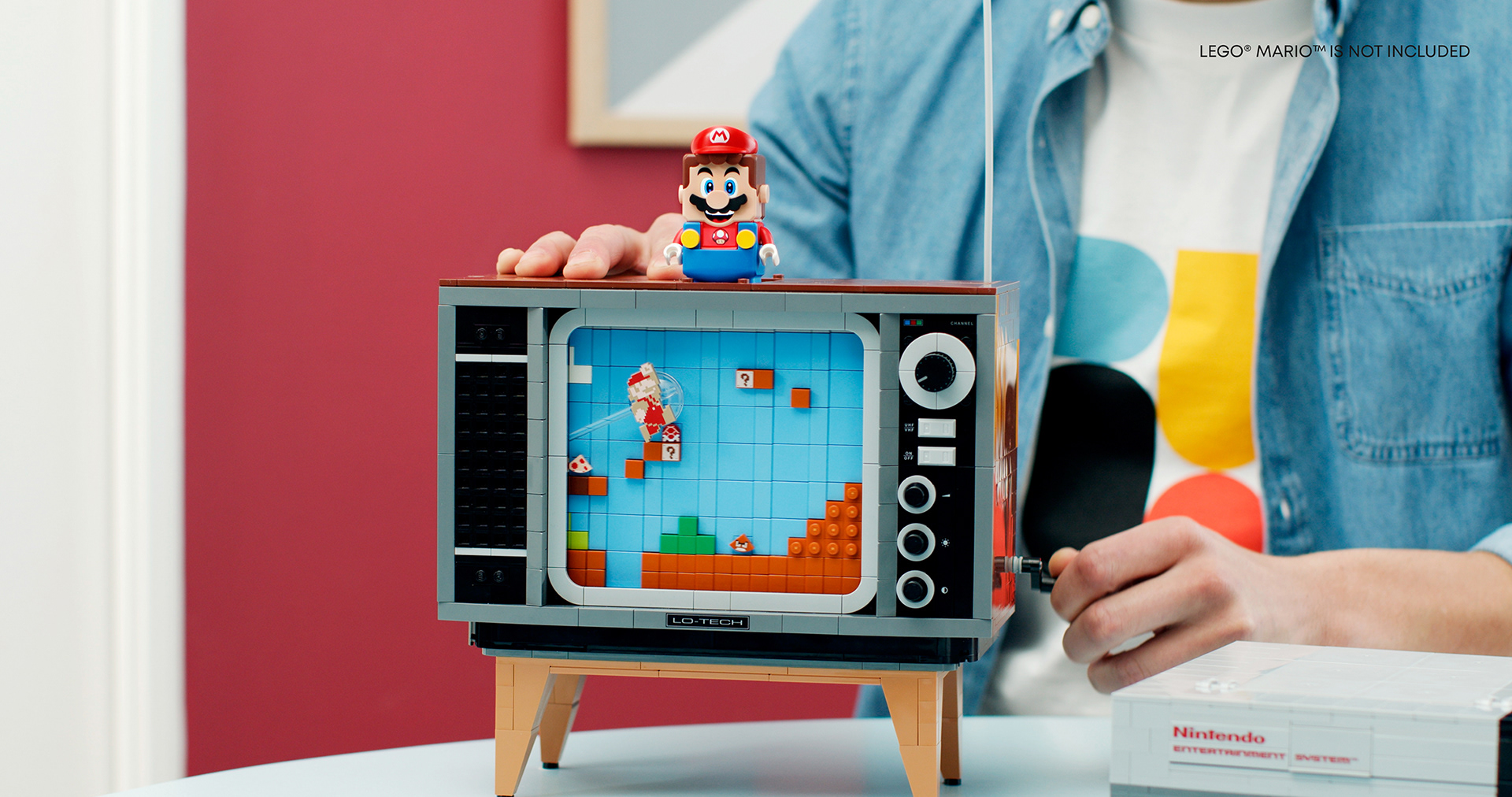
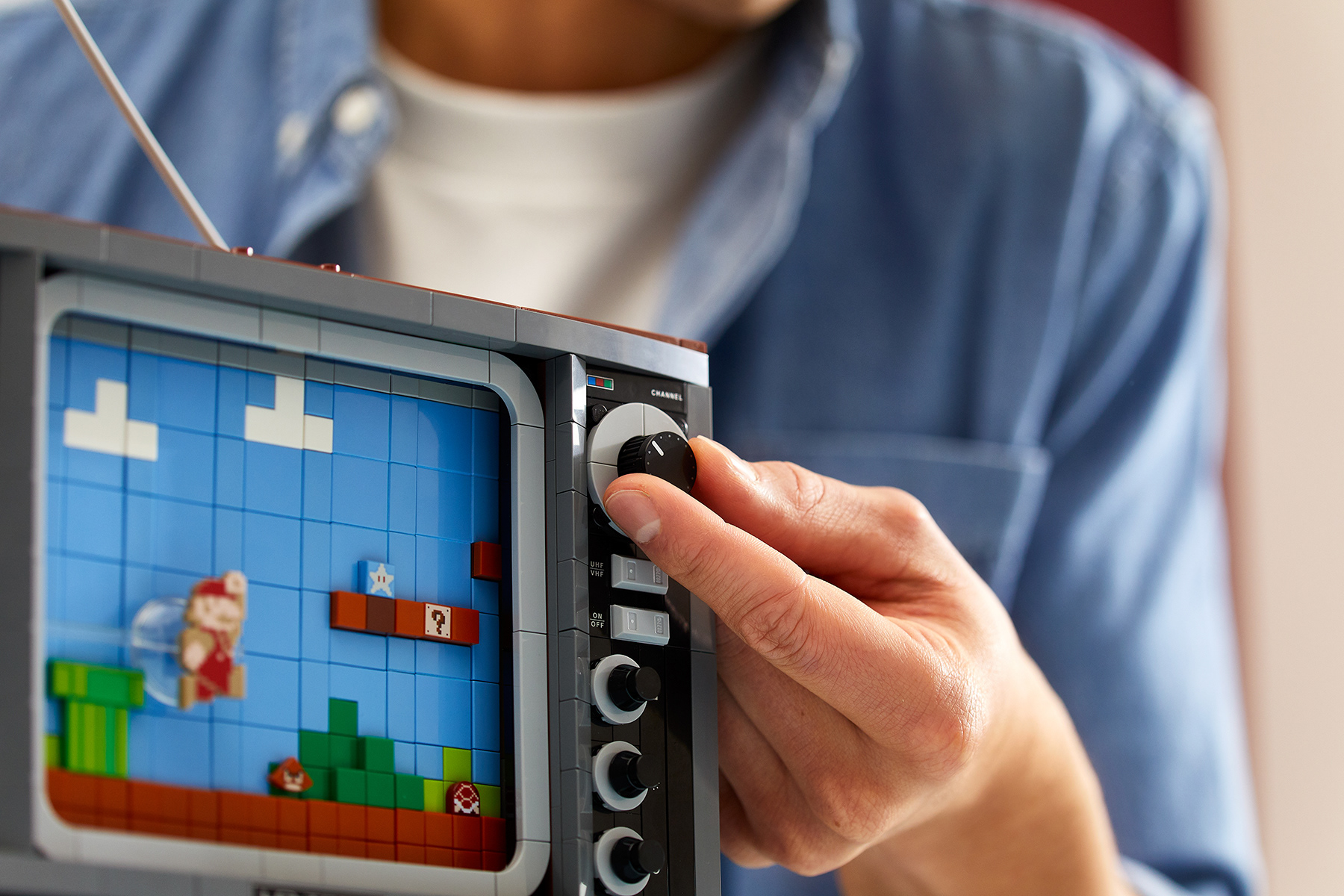
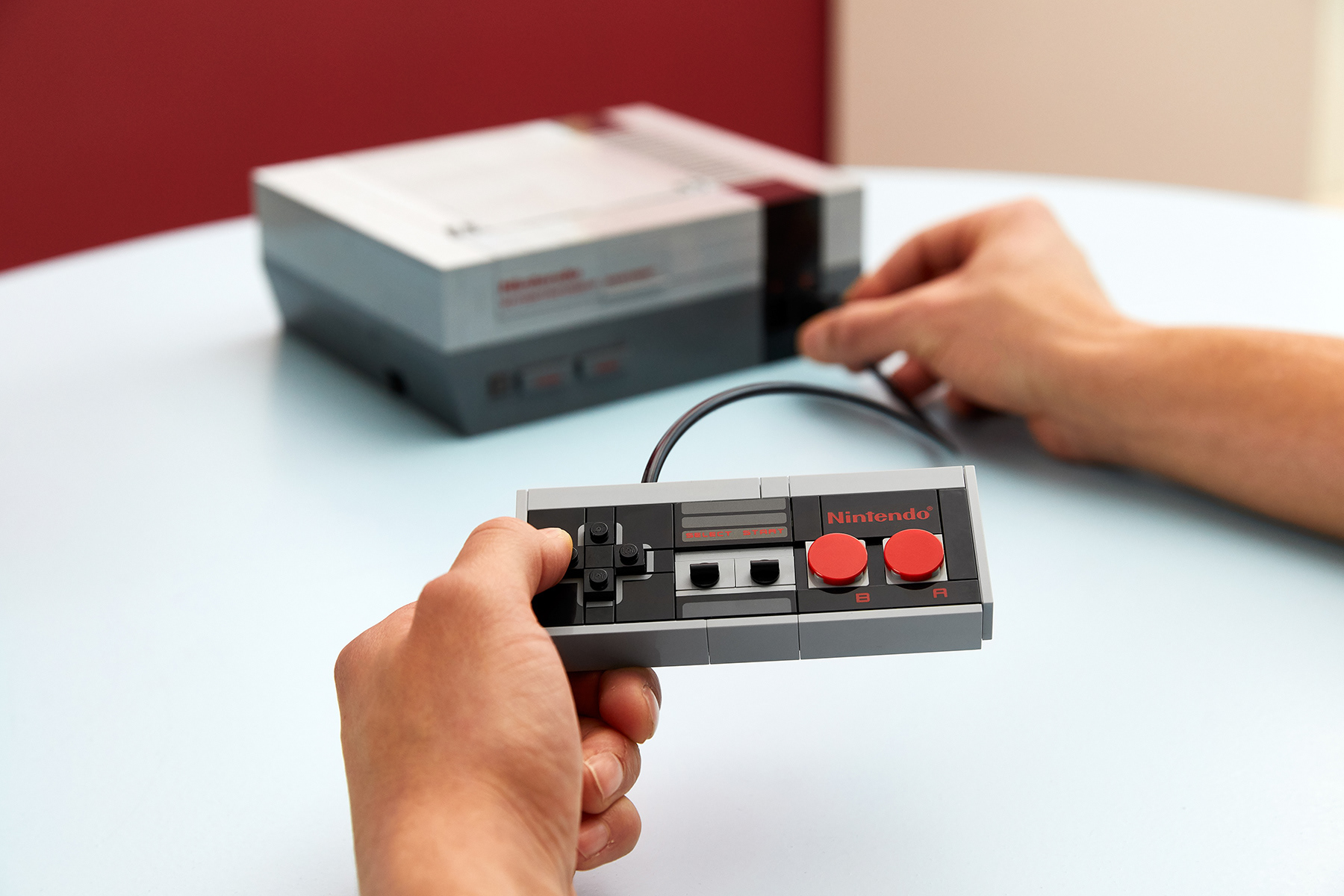
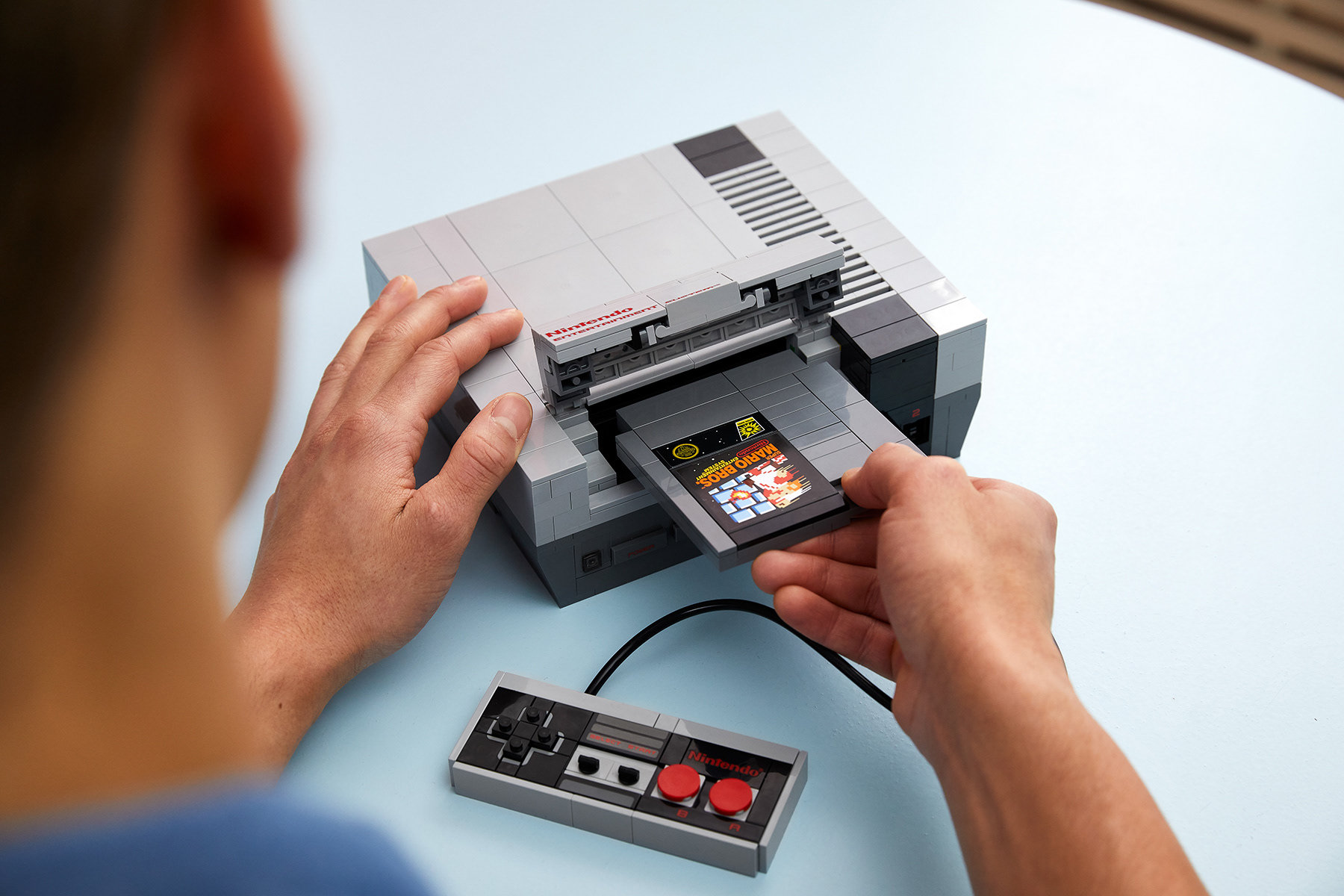
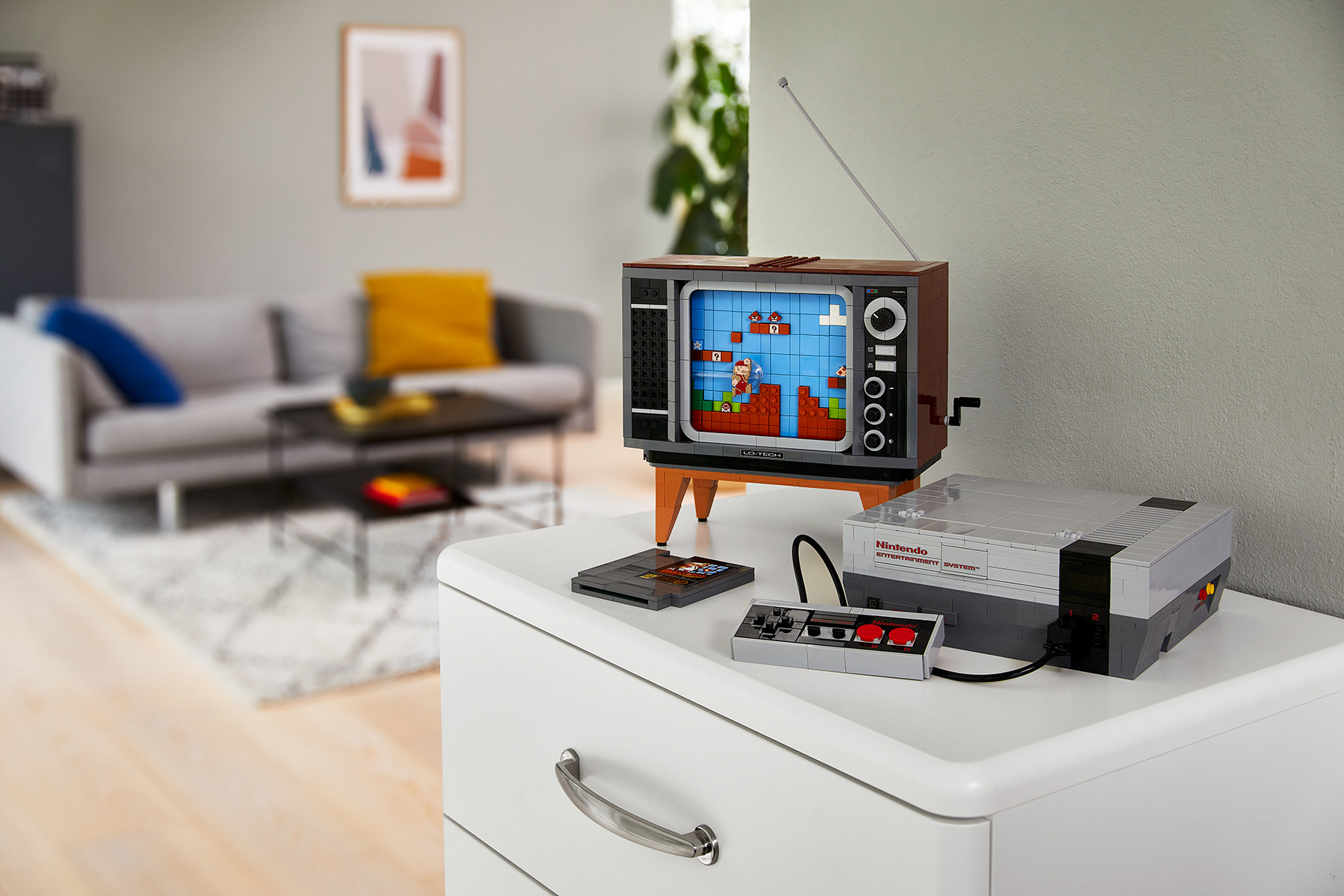
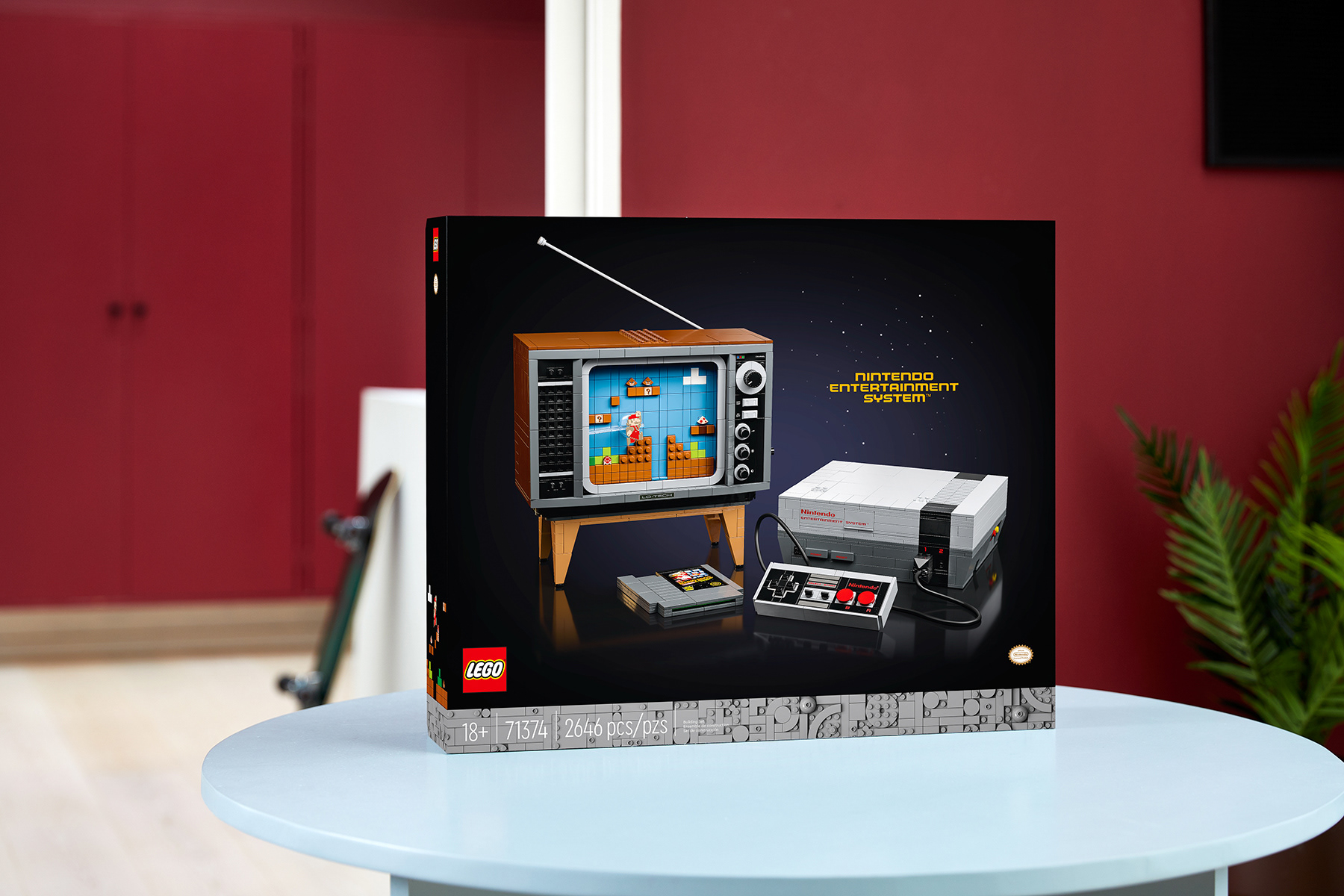
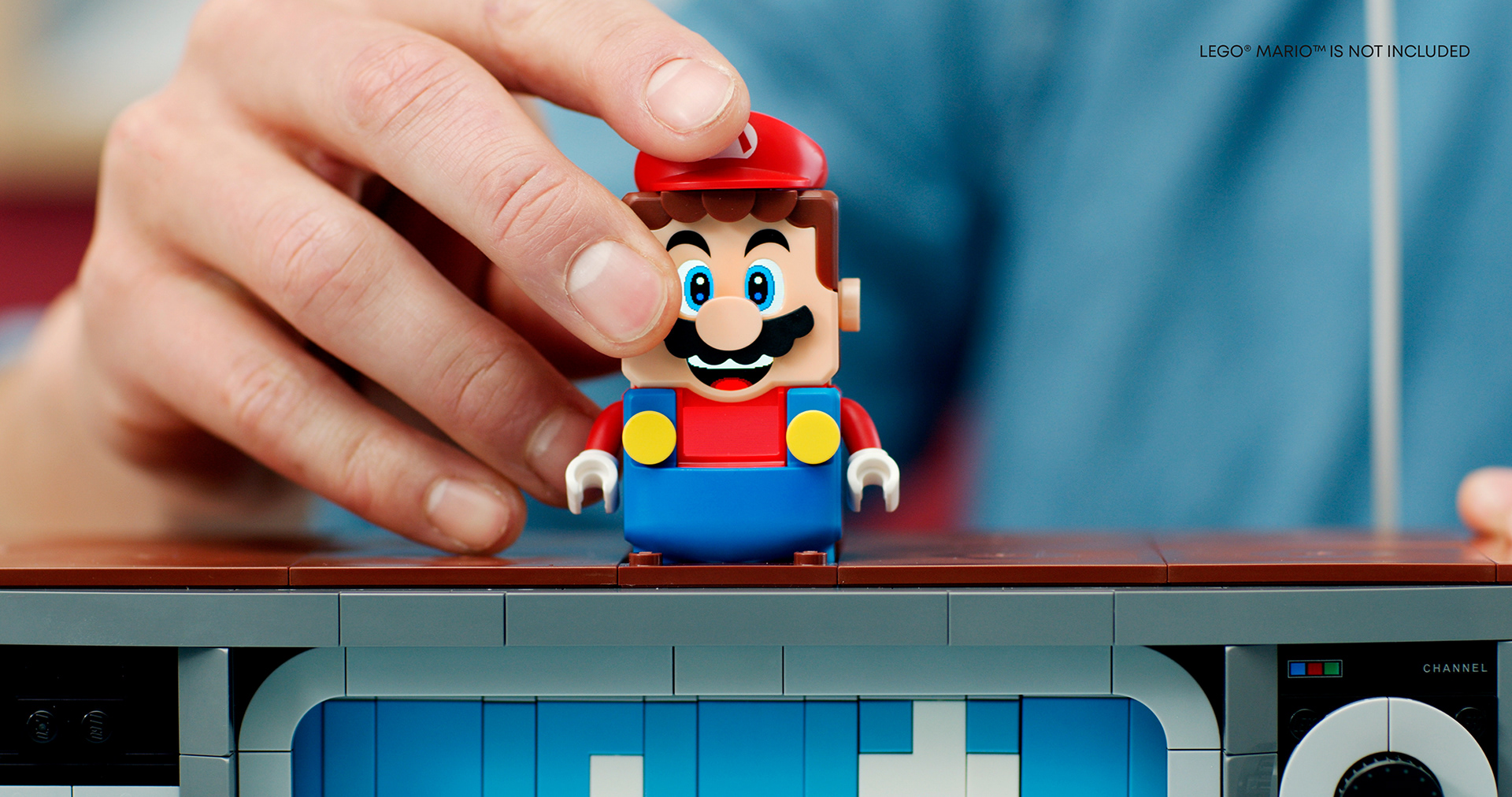
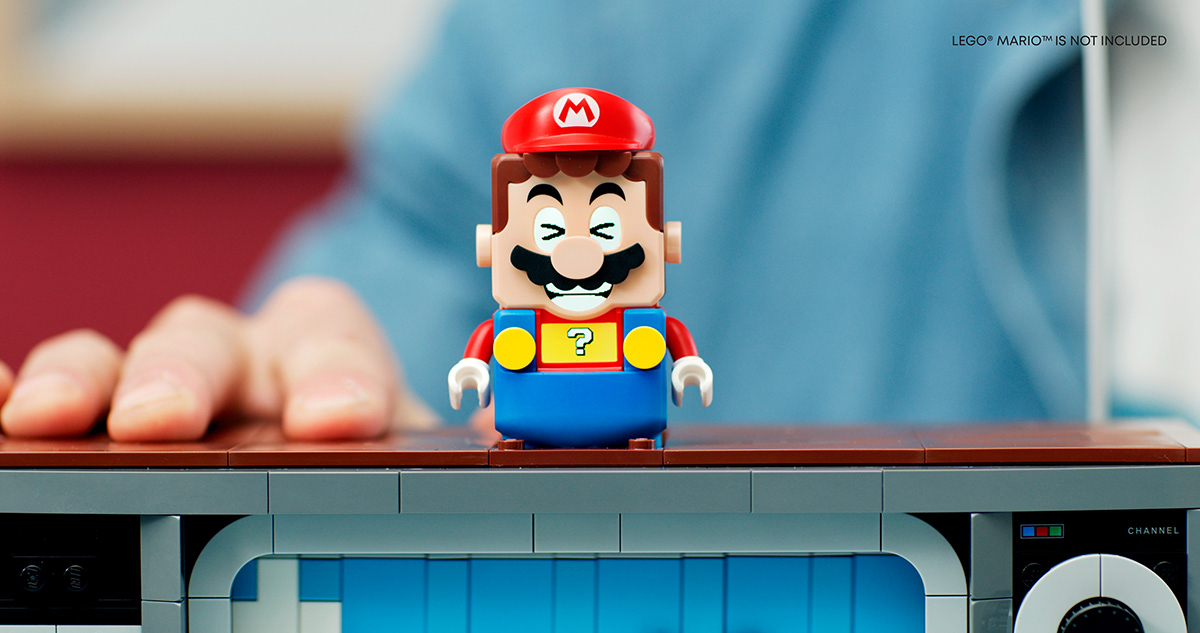
Our Lego Agency (OLA)
Creative Lead: Martin Coppola.
Art Director: Maritn Coppola.
Copywriter: Gregory Lloyd.
Production: Jane Harrington.
Marketing product: Kerstin Bannert